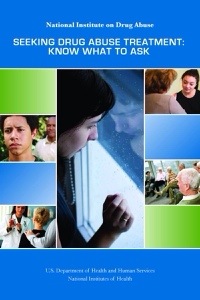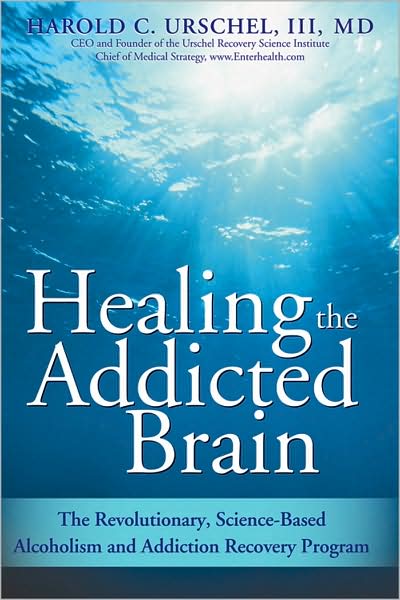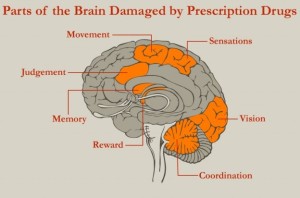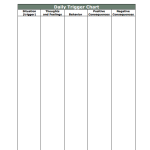
Computerized therapy differs from traditional online therapy in that the computers role can be totally automated
Last week on Psych Central, a detailed article was shared by Dr. Fjola Helgadottir, on the growth of technology and computers as medium for therapy as the digital age continues to grow.
Dr. Helgadottir is a Senior Research Clinician at the University of Oxford and co-founder of AI-Therapy, which states they are an online treatment program that uses evidence-based techniques and award winning research to help you overcome social anxiety.
Computerized therapy is different than traditional online psychotherapy, as Chat 2 Recovery currently provides. As well, many therapists across the country have increased their use of Skype or other video conference mediums to have live internet therapy. Dr Helgadottir states the following regarding this form of digital therapy:
In computerized therapy the computer is playing more than a passive role in delivering the clinical content. In other words, the computer is more than just a means of delivery, and may or may not be connected to the Internet.
Rather than meeting with a therapist face to face on a video conference, computerized programs and algorithms are created to provide support for individuals in real time – but they aren’t actually coming from a human being. While this might sound space age and a true deviation from Freud’s theories about the importance of transference in human interaction in psychotherapy – there is potential value with modalities of support – such as Cognitive Behavioral Therapy (CBT).
For those who have doubts or questions about the efficacy or usefulness of this therapy, Dr. Helgadottir also outlines 5 myths regarding computerized therapy that are helpful to keep in mind.
5 myths regarding computerized therapy:
- In the future, everyone will see their therapist using Skype
- Advances in artificial intelligence will lead to virtual therapists that look and behave like humans
- Computerized therapy is unethical.
- Computerized therapies are only for young people
- New technology will take jobs away from human therapists
Chat 2 Recovery can identify and agree with many of those thoughts and believes above. Our goal of providing online addiction treatment and support is not to replace human interaction or engagement with a therapist in person, but to find new and effective means of supporting individuals in need.
In Dr Helgadottir’s third article of her series on Psych Central, she discusses what the future of computerized therapy and other means of digital emotional support will look like. In it she states that personalization will be an important factor in the engagement of clients through an online medium – and we couldn’t agree more.
The foundation of recovery from addiction is about connection with others through a shared experience, strength and hope. Chat 2 Recovery will be continuing to expand our services in 2013 to spread the message of addiction recovery in 2014 – particularly through online and digital means. We believe that support through online mediums from peers and from professionals will only help to expand and grow the addiction recovery community and increase positive outcomes for success from alcohol and drug addiction.
—
Blog written by Ashley Anderson, LCSW CASAC
Ashley Anderson is a licensed social worker and certified alcohol and substance abuse counselor based in New York City. Beyond her clinical practice she is a technology enthusiast and is the digital & social media specialist for Chat 2 Recovery









